Who was Dalida?
This is the inevitable question people ask me when walking on a tour of Montmartre.
The glamorous queen of French chanson has become a cult figure since her tragic death in 1987.
Let’s walk in the footsteps of Dalida in Montmartre, Paris and discover three places related to the star.
Dalida, one of France’s most famous singers
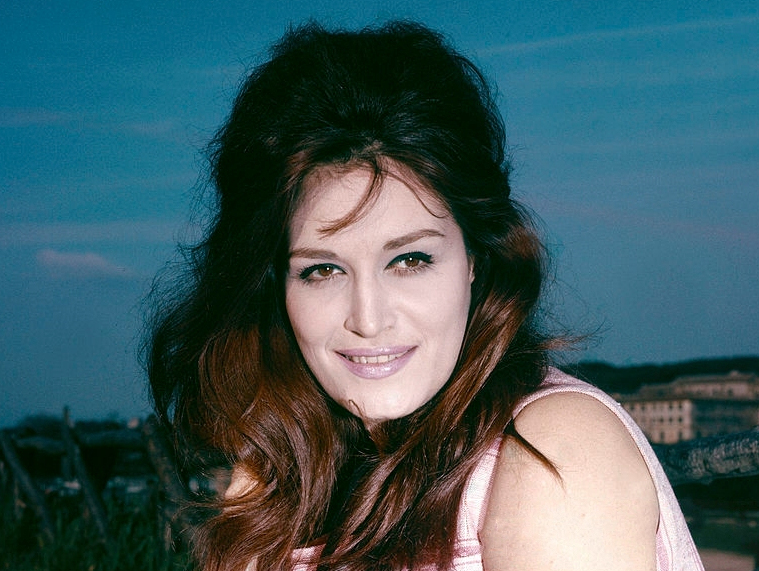
Non-French people are usually acquainted with the music of Edith Piaf and Brigitte Bardot.
But the greatest of all female French singers was (and is to this day) surprisingly unknown to the English-speaking world.
Dalida (1933-1987) sold no less than 170 million albums.
She recorded songs in 10 languages, from French to Italian, Arabic, and German.
Her success was so great that she is considered today among the six most popular singers in the world. Dalida was awarded over 70 gold records and was the first singer to receive a diamond disc.
Her deep voice recorded some popular titles: Gigi l’amoroso, Itsi bitsi petit bikini, Darla Dirladada… and was the first artist to launch the disco genre in France with titles such as J’attendrai, Laissez-moi danser, Génération 78.
Dalida in Montmartre: her beautiful house in rue d’Orchampt
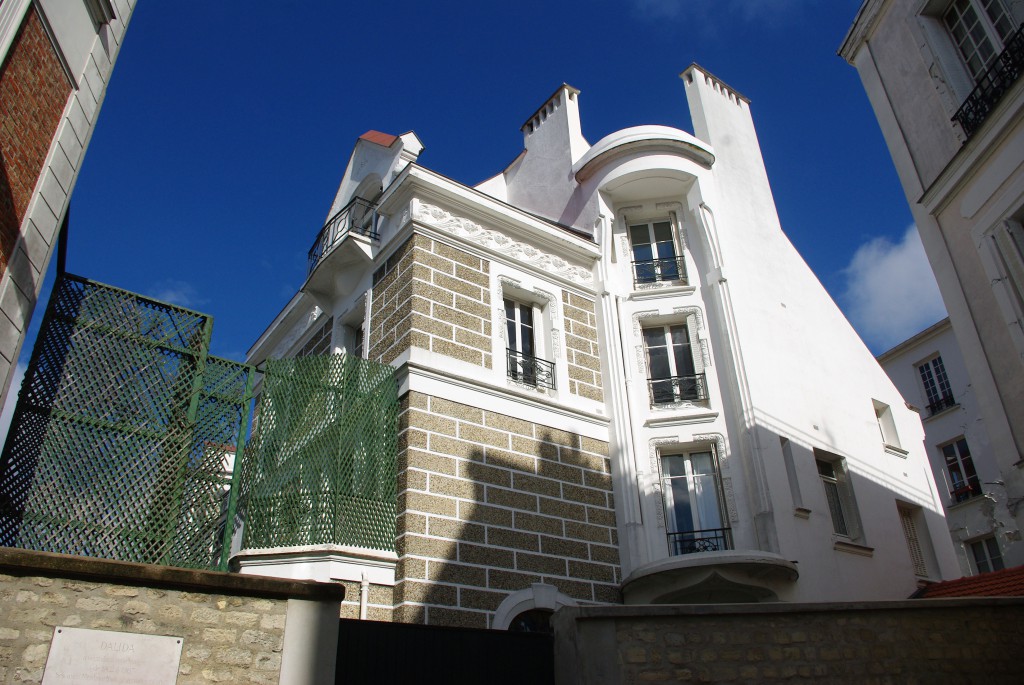
Dalida was born in Egypt on 17 January 1933, and her real name was Yolanda Cristina Gigliotti.
Born of Italian nationals and arrived in France at Christmas 1954. She discovered Montmartre in 1962 and bought a townhouse at number 11 rue d’Orchampt, not far from the Radet windmill.
The four-storey house commands fine views over Paris. It was in this house that she died aged 54 during the night of 2 to 3 May 1987, committing suicide.
A commemorative plaque on the wall reads:
“Dalida lived in this house from 1962 to 1987. Her friends from Montmartre will not forget her.”
Dalida’s grave in Montmartre
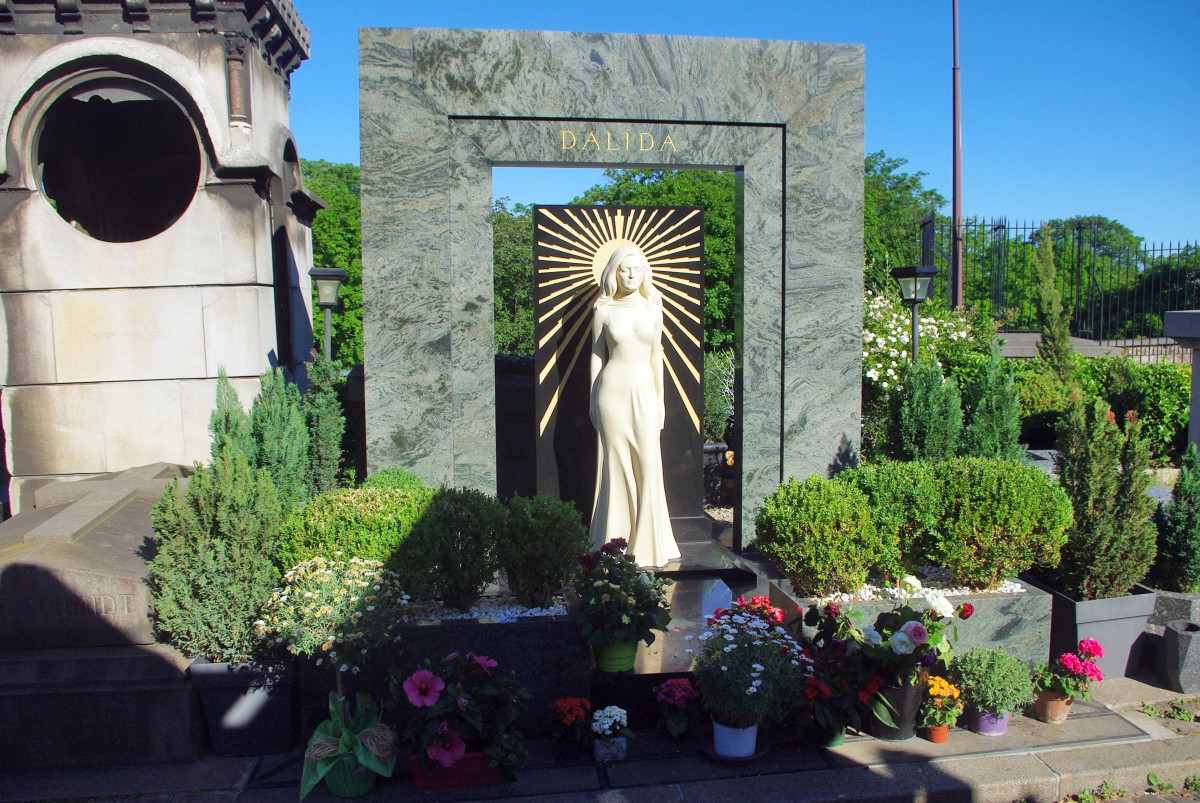
Dalida is buried in the Montmartre cemetery, one of Paris’ largest cemeteries.
Her grave is situated in division 18 near the main entrance by the metallic bridge of Caulaincourt.
Place Dalida in Montmartre: a square named after the singer
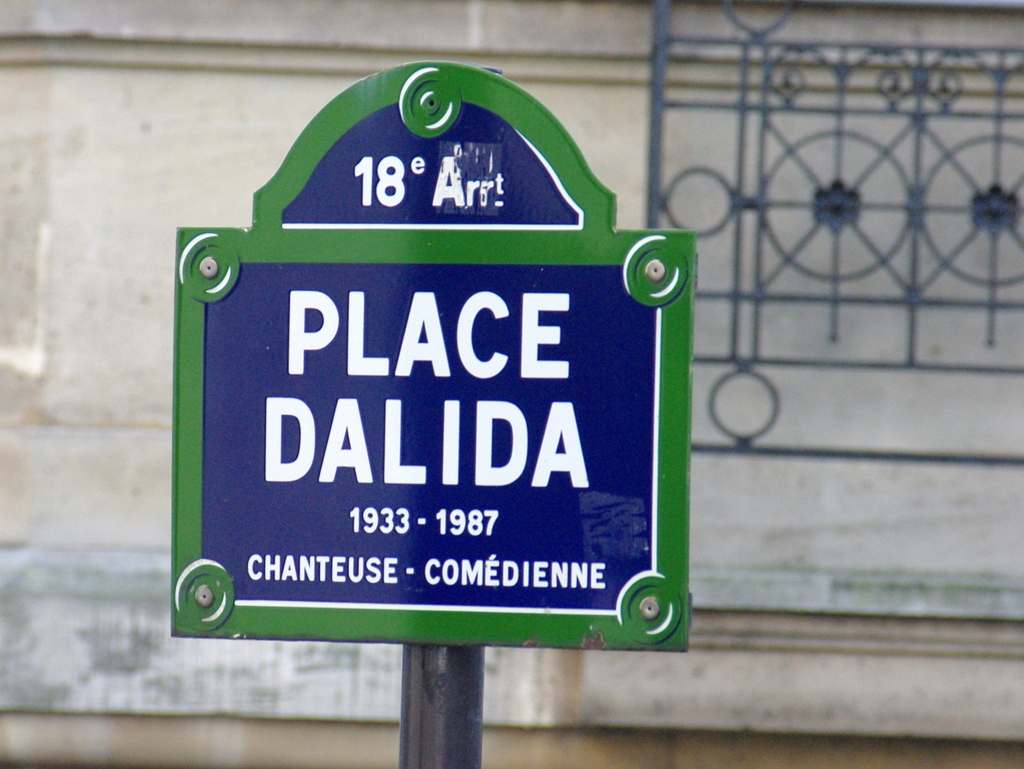
In 1997, the corner of Rue de l’Abreuvoir and Rue Girardon was named ‘Place Dalida’ in honour of the star.
Alain Aslan sculpted a life-size bust of the singer in bronze.
The polished part of the metal on the breasts is apparently due to a superstition. Touching them would bring good luck to the toucher.
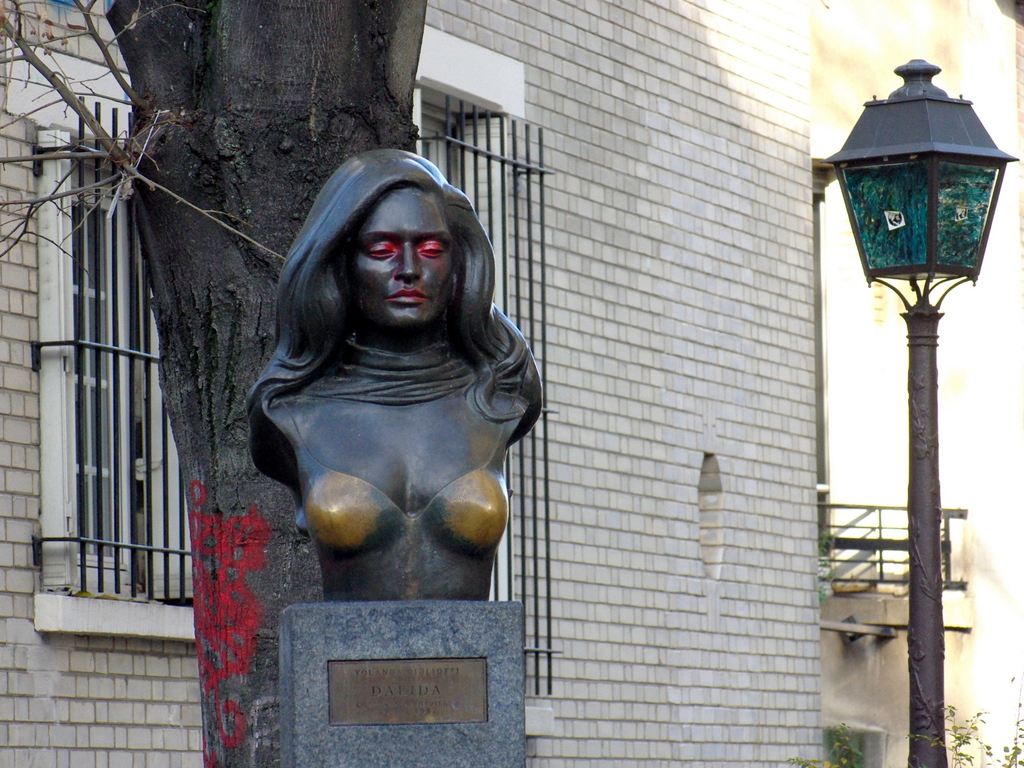
Generation 78: A Disco Medley
Generation 78 is a major hit by Dalida released in 1978.
It consists of a catchy medley of her most popular songs.
Have you visited Montmartre? If so, tell us about why you love (or don’t love!) this district in commenting below!





I’m very happy to have found your website as I am visiting France in May so will look up a few of your suggestions. I am from Australia and absolutely love France especially the Languedoc area where I will be staying for a couple of weeks before coming to Paris.
Thank you Kevin for your comment! I hope you’ll find a lot of info on the blog (as well as anecdotes!). Have a nice day, Pierre.